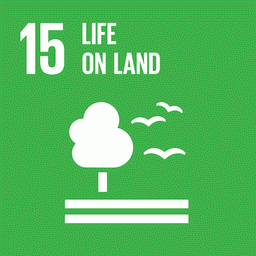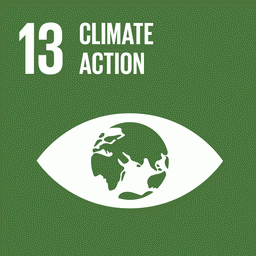Taking part in a field expedition, researchers from IPAM (Amazon Environmental Research Institute) and the Woodwell Climate Research Institute, from the United States, visited this Friday (6) family farms affected by a forest fire in the city of Aguaçu in the state of Mato Grosso. The fire escaped a nearby pasture land and reached an area of agricultural production and native vegetation of the Cerrado biome – a clear example of the importance of good management and the risks associated with the activity at this time of year.
Rural producers had losses in the cultivation of oranges. Irrigation equipment was destroyed and cattle were trapped by fire. The combat was carried out by the Environmental Emergencies Battalion of Mato Grosso state.
“Pasture land clearing is the main type of fire that occurs in Brazil. Someone started this fire and lost control of it, so the fire ended up escaping to the family farm planting area”, says the Science director at IPAM, Ane Alencar, in the field expedition. “The Cerrado evolves with fire, so people think that every fire that happens in this biome is natural. But natural fire doesn’t happen with that much frequency and intensity. Normally, it should happen closer to the rainy season, when there are lightning storms”, explains Alencar.
The field expedition is the result of a partnership between IPAM, Woodwell Climate and the Fire Department, aiming to create solutions for more efficient control of fores fires, which worsen during the dry season.
“Even with the location coordinates available, finding the exact spot of the fire can take hours in the forest. The lack of phone signal and no internet connection for communication between the fire brigade is also a problem”, says the coordinator of the project, the researcher at Woodwell Climate Manoela Machado. This is an example of the gap that exists between satellite information processed by scientists and field practice. “We intend to understand as much as possible how science and field work together, in order to propose more effective tools such as an automated format in the future.”
The expedition continues until the 13th, passing through three biomes: Cerrado, Amazon and Pantanal. A travel diary is shared on IPAM’s Instagram.

